Step by Step Instructions on Building Your Own Independent Personal Trainer Practice
Starting an independent business as a professional in any field can be intimidating, challenging, and exhausting. It can also be one of the most rewarding experiences you will ever have. Breaking down your goals and business plan into baby steps is a great way to get started and make your goal a reality. This article covers the essential things you need to kickstart your personal training business.
TRAINER CERTIFICATIONS.
First off, the obvious – personal trainers need to obtain a reputable, nationally organized Personal Training Certification. Use this DIAKADI DB04 Blog, “Our Guide to Becoming a Trainer” as your resource for comparing certifications and expanding your knowledge.
BUSINESS LICENSES.
Once you decide to start your independent business, you need a business license to operate legally. A business license, occupational business license, a home occupation permit, etc., are all the same in that they are a form of tax registration. ALL small businesses, even home or online businesses must register for the occupational business tax.
Fill in your business info, go to check out, and your license will be filed and on its way in the mail. Keep in mind that some states require you to first get a fictitious business name registration, such as Florida. Check out the links below for state requirements, California specific requirements, California city specific requirements, and application links to officially get your business license. Please make sure to double check with the county/city authority once you are done to make sure you have all your bases covered!
Thinking about trademarking your company name? Learn how to below!
BUSINESS STRUCTURE.
Most common Business Structures include:
Sole Proprietor
General or Limited Partnership
Limited Liability Company (LLC)
Limited Liability Partnership (LLP)
Corporation
S Corporation
It is important to know that each business form comes with different tax consequences, so you will want to carefully and wisely choose the structure that best fits your business’s needs. Most Independent Personal Trainers operate as a Sole Proprietor. This license is the simplest, least expensive, and most common structure chosen to start a business as no formal action is required to form a sole proprietorship. It is an unincorporated business owned and run by one individual with no distinction between the business and the owner. You are entitled to all profits and are responsible for all your business’s debts, losses, and liabilities. If you are the only owner, this status automatically comes from your business activities. As your business grows, you may want to consider the upgrade to a Limited Liability Corporation (LLC) due to the additional protection for your personal property.
TAX STRUCTURE.
It’s Tax Time. If you are a Sole Proprietor, you will use your Social Security Number for filing. If not, you must apply for an Employer Identification Number (EIN), also known as a Federal Tax ID Number, from the Internal Revenue Service (IRS). This is your own business tax number. If you plan on expanding your business and hiring employees, a business tax number is obligatory to identify your business and allow you to hire staff.
The first key to paying less income tax is making the most of your tax deductions. If you don’t know what you can deduct, it is easy to miss out on hundreds or even thousands of dollars worth of deductions. The IRS says that you can deduct all ordinary and necessary expenses. How do I determine if any expenditure is a deductible business expense? Just ask yourself the simple question, “Would I have spent this money if I weren’t a personal trainer or fitness entrepreneur?“ If you answer “yes,” then the expense is most likely a personal item and probably not deductible. Now, if you can honestly answer “no” to that question, then it probably is an expense that you can and should deduct in calculating your taxable income. For equipment purchases or clothing, if you EVER use the equipment or clothing outside of your work usage (i.e. You wear your workout shoes on the weekends as well as outside of work), then these items are not deductible as work expenses. It is extremely beneficial to work directly with an experienced accountant or bookkeeper in the early years of your business to create the proper financial and accounting systems.
The most common areas that personal trainers deduct expenses for:
Home Office
Driving/Mileage
Marketing and Business Supplies
Certification/Education Costs
Other Purchases (equipment, health insurance)
TRACKING RECEIPTS.
Another key to reducing unnecessary tax payments is to maintain excellent written or electronic records of your expenses. Using a dedicated business credit or debit card for all business transactions can make tracking your expenses extremely easy. If you prefer to use cash for your purchases, this is completely fine, however you MUST be extremely organized with maintaining and sorting your receipts for each of these purchases.
Even if you are using a business credit card for purchases, during an audit, the IRS will request receipts for purchases made in order to prove that these are all business expenses. I recommend setting aside a day each month where you:
Print all online receipts to categorize and store in physical folders OR
Scan paper receipts to categorize and save in your computer.
Create a spreadsheet to keep track of the total expenses for each category
QUARTERLY TAX PAYMENTS.
As a sole proprietor, you are required to file quarterly tax payments with the federal government each year. Use the links below to find out more information about these requirements and how to make self-employment and income tax payments.
BOOKKEEPING SOFTWARE.
Quickbooks, Xero, Freshbooks, GoDaddy, and Wave are popular accounting software systems for small business owners. Check out the link below to compare more.
FINANCES.
In this day and age, accepting mobile payments from your clients is expected and can make life much easier for both of you.
Transfer money directly from their bank account or credit card to you, using software such as Paypal.
Face-to-face transactions with cloud-based service like Squar e or Intuit Go Payment will allow your clients to swipe their cards.
Many online payment processors track all of your invoices, making bookkeeping a snap HOWEVER, they come with risk.
Be sure your online payment method is familiar to you and your clients, operated with top-notch security, and offers buyer and seller protection.
Think about setting up recurring payments (i.e. memberships), so that you never have to track down clients for money.
Click the link below for Pros & Cons of the current Top Payment Systems.
With this all said and done, assess your financial position.
An income statement, along with the balance sheet and cash flow statement, is one of the primary financial statements used to assess a company’s financial position. A P and L (profit and loss) or “statement of operations” is an income statement that measures a company’s financial performance over a specific period of time. It is typically generated monthly, quarterly or annually, and lists all relevant revenues, expenses, gains and losses in order to calculate the company’s net income for the period.
This allows you to be organized, prepare to show where deductibles are coming from, recap income, and discover where improvements can be made to increase profits by cutting costs.
LIABILITY INSURANCE.
All fitness business owners carry liability insurance to protect them in case of accidents involving their business or clients. The best, most credible place to purchase personal trainer insurance is through your national certification. Check for discounts through the ACE, NASM, ACSM, and NSCA websites.
TRAINER SOFTWARE & APPS
Keep up with programming, progress, nutrition, and more using one of the multitude of apps designed for Personal Trainers. To name a few reputable Apps:
MindBody
Training Slate
TrainHeroic
Trainerize
Exercise.com
Not to mention…Google Sheets! It’s FREE and you can send the link to clients and update their progress. Check out the example below.
NEED SOME ADDITIONAL HELP?
Check out DIAKADI’s Intern Program for additional assistance with developing the fitness and business side of your own practice.













